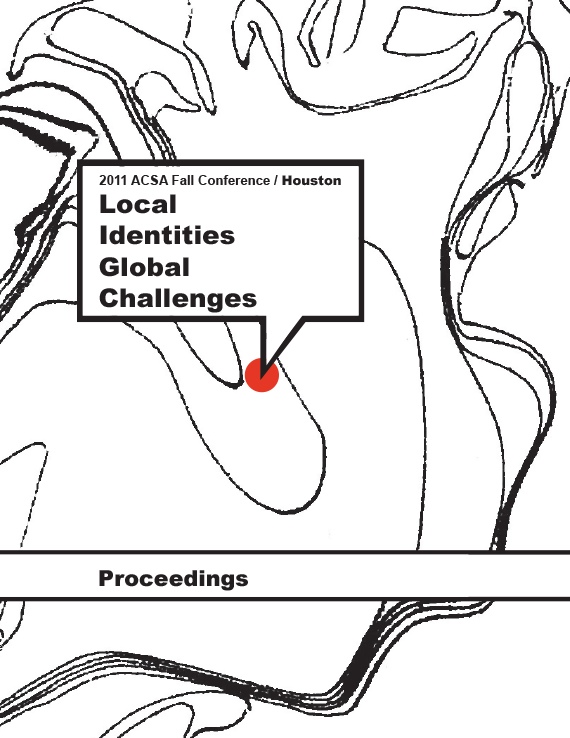Author(s): Maria Kearns
Two recent interventions in the city of San Juan that use social networks to organize and mobilize its participants, emphasize the use of public infrastructure and collective transportation networks, and encourage the creation of awareness of the alternate means of appropriation of public space have taken shape in the past few years. Park(ing) Day, a singular event that proposes the appropriation of parking spaces on public streets, and Desayuno Calle, a recurrent event that promotes social interaction by making use of abandoned or no longer current public space, are both ongoing efforts in the examination of culture, context and technology on local urban geography. Begun in 2008 as a regional extension of the global international efforts of the Permanent Breakfast group initiated in 1996 by Austrian artist Friedmann Derschmid, the Desayuno Calle collective consists of intervening in a wide variety of public spaces in Puerto Rico with the objective of stimulating social interaction and establishing contact with exterior surroundings around the island. The collective’s challenge is to get a group of people (known and unknown) to have breakfast together in an abandoned city space. With time, the selection of locations for Desayuno Calle occurrences begin to find common denominators within the urban fabric, and a visual mapping framework of the city’s terrain vague becomes apparent. Park(ing) Day forms part of a global initiative of the activation of public space, where annually – and for one day only – artists, activists, and citizens alike independently and in conjunction take over parallel parking meters around the city. Conceived in 2005 as a constructive critique towards the lack of public space in the city of San Francisco, California by the art collective Rebar, Park(ing) Day offers a fresh perspective on these spaces, imagining the latent potential in the change of use that parking spaces might have in an otherwise public arena. The study of the arrival of these two events on the urban landscape take on particular importance in Puerto Rico, where the island condition is exacerbated by pockets of overpopulation and duplicitous highway infrastructure, having approximately 1.8 cars per person on the island. It becomes essential, then, to envision a future with lesser car dependence and greater priority towards the pedestrian in a Caribbean context. The work explores the creation of participatory landscapes that connect global perspectives on the activation and re-appropriation of spaces in disuse within a regional context. As a sub-topic is the relationship between photography and ephemera in recording the transient, fleeting use of space for the act of gathering.
Volume Editors
Ikhlas Sabouni & Jorge Vanegas

 Study Architecture
Study Architecture  ProPEL
ProPEL 
